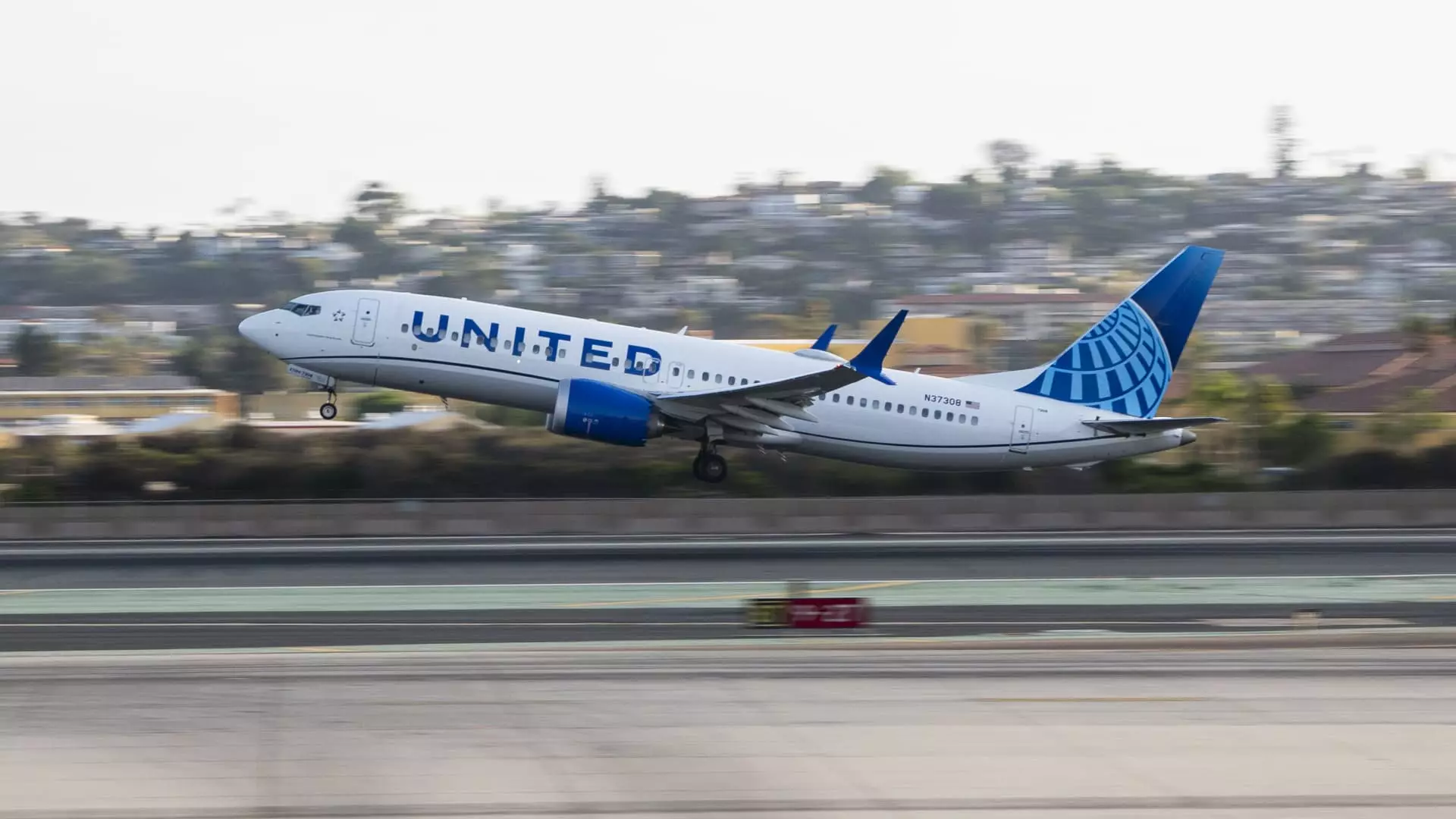As global travel continues to rebound from the significant downturn caused by the pandemic, United Airlines has positioned itself to capitalize on this revival. On a notable Tuesday, the airline announced an ambitious $1.5 billion share buyback program, signaling its confidence in financial stability and growth. This move coincides with the release of its latest financial results, which not only surpassed analyst expectations but also laid the groundwork for a promising outlook for the final quarter of the year.
In the third quarter, United Airlines registered revenue of $14.84 billion, reflecting a modest increase of 2.5% from the same period last year. This figure exceeded Wall Street’s projections, which anticipated $14.78 billion. In another encouraging development, the airline reported adjusted earnings per share (EPS) of $3.33, surpassing the analyst expectation of $3.17. However, it is essential to note that net income experienced a downward shift, falling 15% to $965 million year-over-year. This decline raises questions regarding the overall financial health and the underlying factors contributing to fluctuating profits amidst increasing revenues.
This initiated share buyback program marks United’s first since the onset of the COVID-19 pandemic, during which U.S. airlines faced extensive restrictions on equity repurchases and dividend distributions due to government aid received. Scott Kirby, United’s CEO, emphasized a balanced approach in a message to employees, highlighting that the strategy does not detract from his commitment to investing in the workforce and operational improvements. This dual focus suggests confidence in United’s long-term vision while also acknowledging shareholder interests—a commendable balancing act that many corporations strive to achieve.
Looking ahead, United Airlines projects adjusted earnings between $2.50 to $3.00 per share for the fourth quarter, a significant increase from the $2.00 recorded last year and above the consensus estimate of $2.68 by analysts. Such optimistic forecasts illustrate United’s focus on capturing market share during one of the busiest travel seasons of the year. The airline noted growth in corporate revenue—climbing 13% in the third quarter—and a remarkable 20% increase in sales from its basic economy tickets, showcasing a recovery in demand across various segments.
Despite the positive highlights, United must navigate a challenging landscape. The airline’s capacity was expanded by 4.1% during the same quarter, reflecting a strategic bet on renewed travel demand. However, this decision requires careful monitoring to avoid oversaturation, which can further pile pressure on ticket prices—a concern that should not be overlooked. Moreover, with production issues at Boeing due to an extended machinist strike, potential supply constraints could complicate United’s ambitious growth plans moving forward.
In a noteworthy strategic maneuver, United Airlines announced plans for expanded international routes, targeting regions such as Mongolia, Senegal, Spain, and Greenland. This initiative underscores the airline’s proactive approach to attract a diverse customer base and enhance its global footprint. By emphasizing its reputation for premium service alongside competitive offerings, United aims to capture international travel demand—an essential component of a balanced growth strategy aimed at fortifying its market position in the years to come.
United Airlines is at a pivotal moment of transformation as it seeks to leverage the resurgence in air travel. With its robust financial performance juxtaposed against the caution required from prior pandemic struggles, the decisions made now will significantly influence United’s future trajectory. The unfolding discussion in the forthcoming analyst call will clarify expectations and reveal insights into the airline’s recovery strategy amid inherent uncertainties in global travel dynamics and operational capacity challenges. By navigating these waters astutely, United can further solidify its status as a leading airline poised for sustainable growth in an ever-evolving industry landscape.

